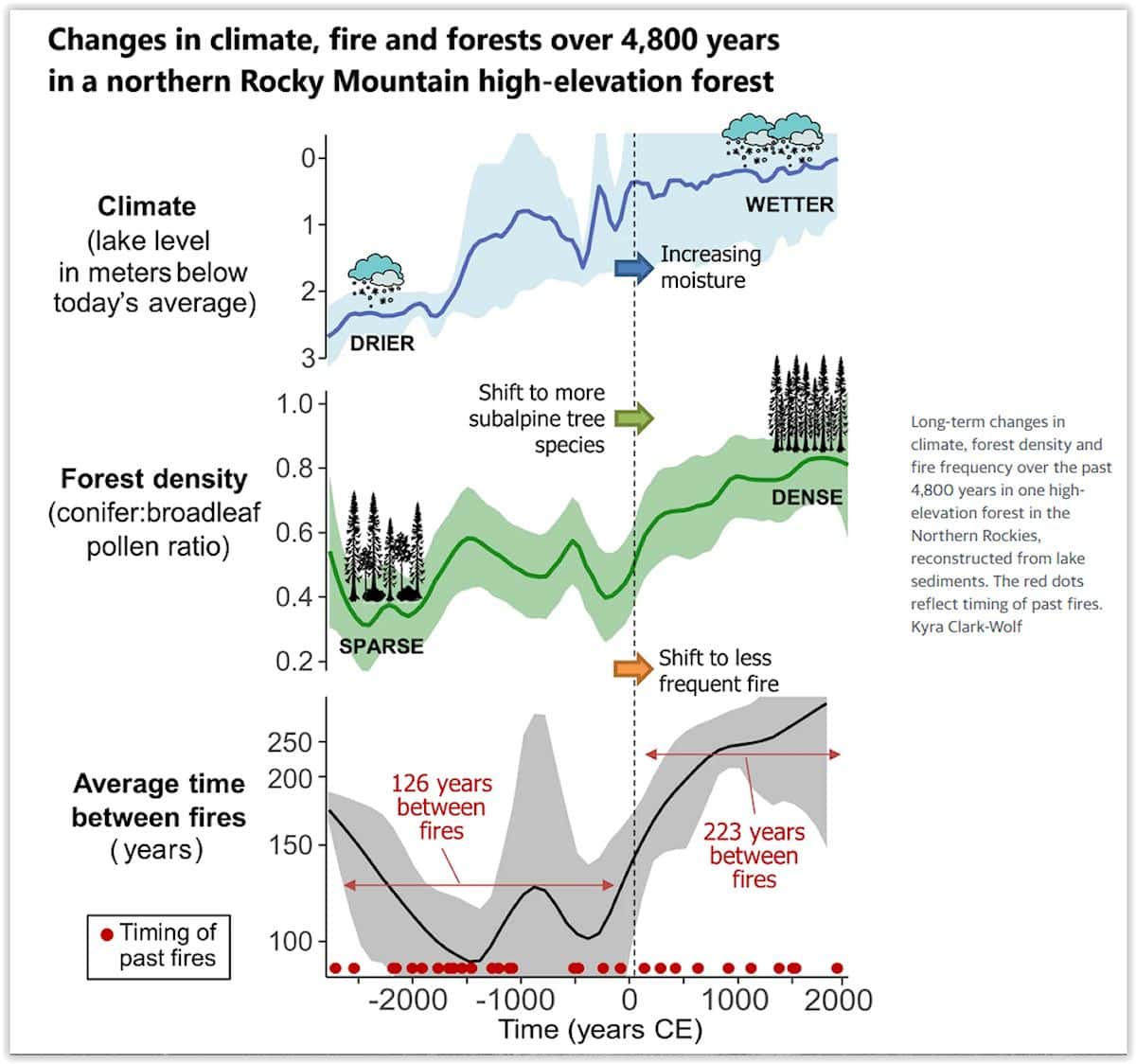Dovetail partners has a new report, “Old growth forests: How much is enough?”
Many of us have an emotional or even spiritual connection to old growth forests. This is not just because we like to see big old trees, but because of the multitude of ecosystem services and diverse values they provide. The Forest Stewards Guild lists those services as including wildlife habitat, carbon storage, stabilization of watersheds, nutrient recycling, and biodiversity, amongst others. Old growth forests have also historically had economic and social value by providing timber products and supporting forest based businesses and communities. These forests have cultural and social value to Indigenous peoples, First Nations, and Tribes.
In this report, we explore the different definitions of “old growth” applied globally and in regions of North America and Europe, including their scientific basis. From these definitions, we examine where old growth forests exist in the world, with a focus on the United States (US) and the European Union (EU). The report considers why we need old growth forests, and conversely, why we do not, and includes a discussion of old growth forest protection and management. We conclude with a discussion of how much old growth is ‘enough’, how we can create more, and how our understanding of the relationship between people and forests is evolving.
Cut to the conclusion:
The Bottom line
The question of “What is old growth?” holds many definitions depending upon the scientific, cultural, and policy lenses that are applied. The variety in these definitions is a recognition that tree species, climate, soil productivity, human interaction, and disturbance history all influence the development of forests. The question of “How much old growth forest is enough?” can seem almost unanswerable because it is contextual and there are many possible and often competing answers. There are forests that previous generations chose to protect, which current generations will also say deserve protection, and that future generations will wrestle with in their own debates.
Old growth forests have historically had economic and social value by providing timber products and supporting forest based businesses and communities. These forests have cultural and social value to Indigenous peoples, First Nations, and Tribes. Intact old growth forests provide multiple benefits, but the type of wood provided from these forests is no longer essential to meeting our raw material needs. Today’s engineered wood products can produce dimensionally stable beams that are structurally superior to equally large beams from large-diameter trees. Consequently, the value of old growth timber has fundamentally changed, and new approaches for management need to be considered. A new relationship with old growth forests that respects and honors the role of people as part of nature and elevates our capacity to care for forests and engage in these practices is needed. With proper management, creation of secondary old growth forests is possible, and can eventually provide the attributes and benefits of old growth forests. The emerging practice of managing maturing forests to provide old growth characteristics is a strategy deserving of increased attention.
